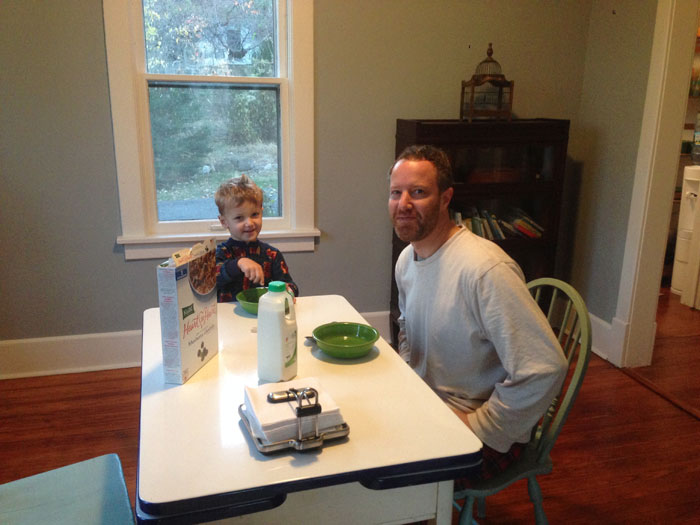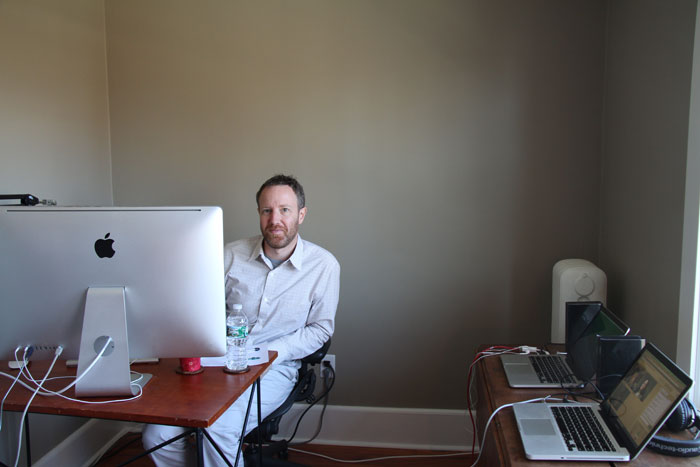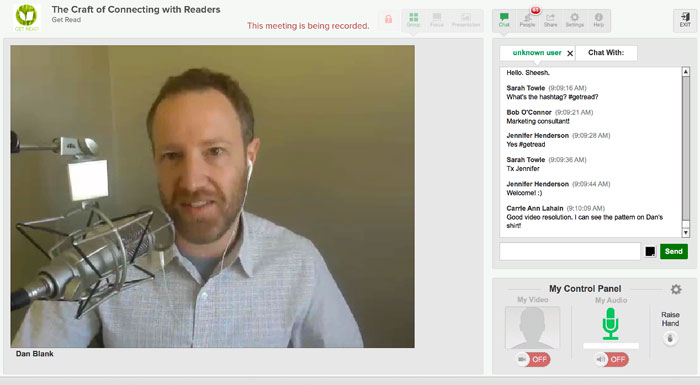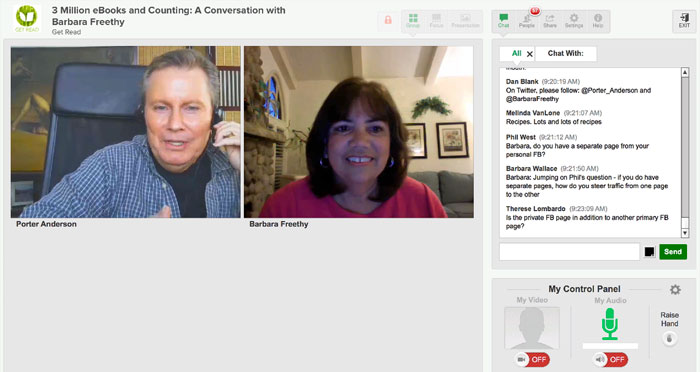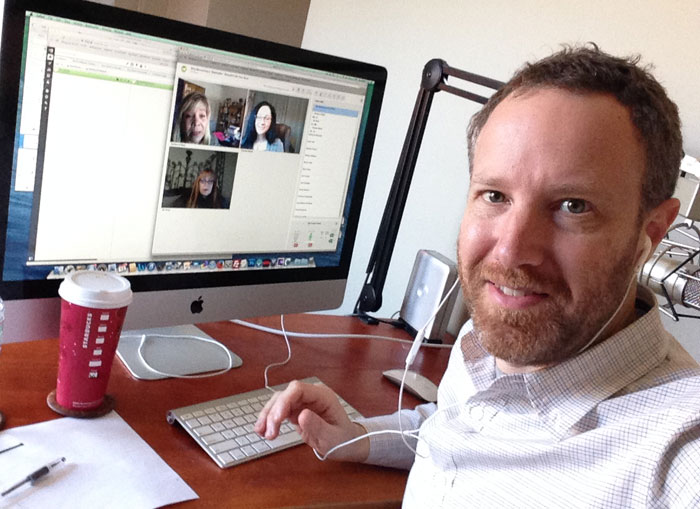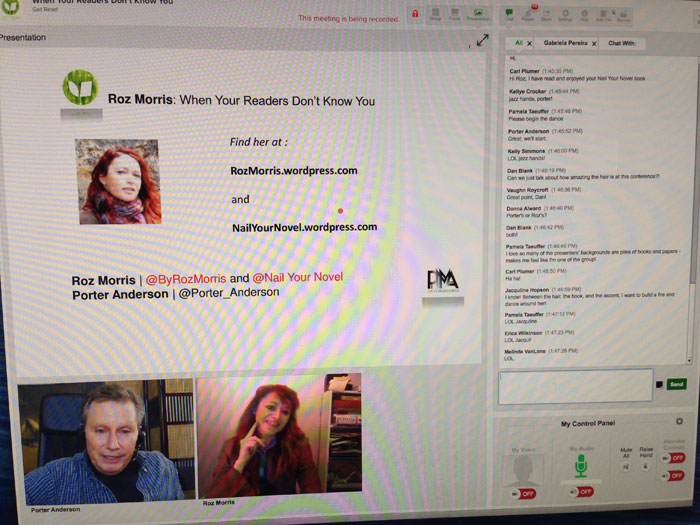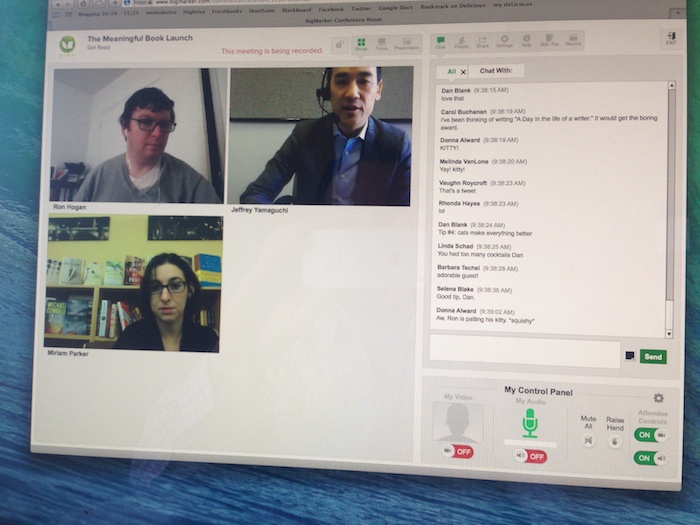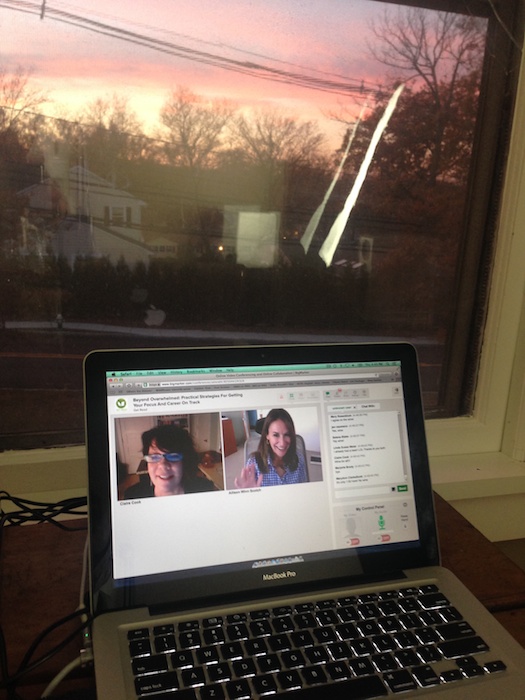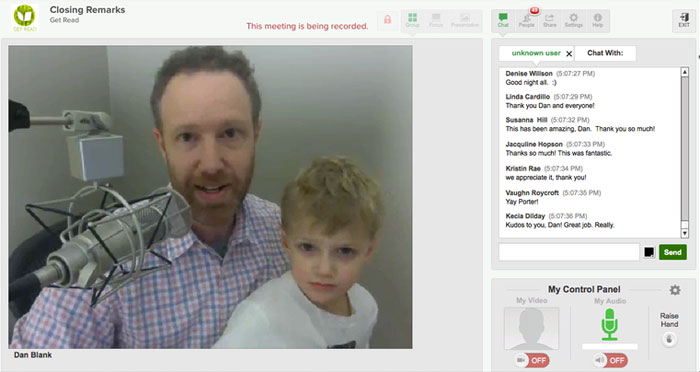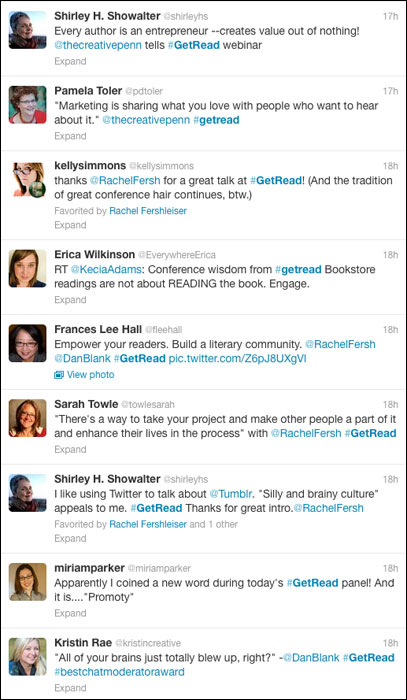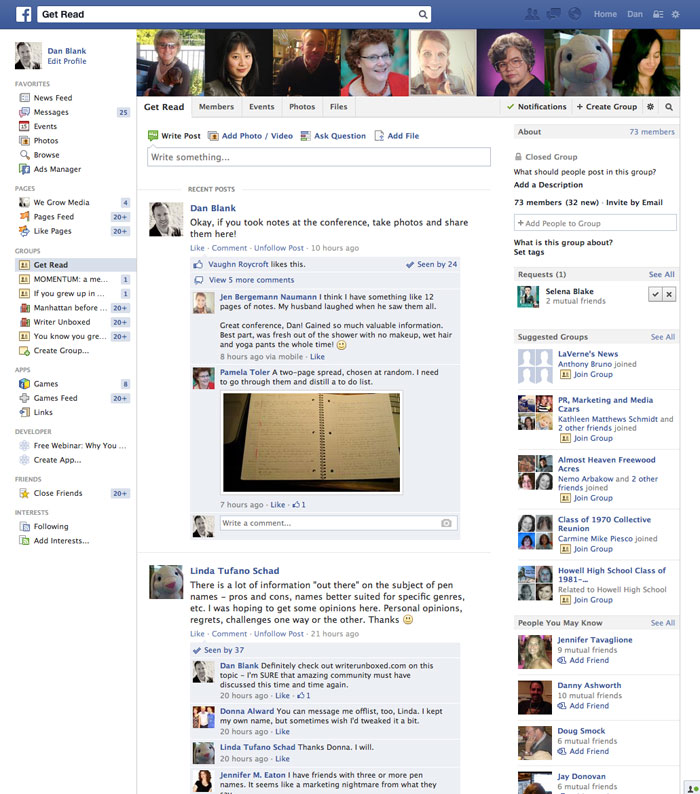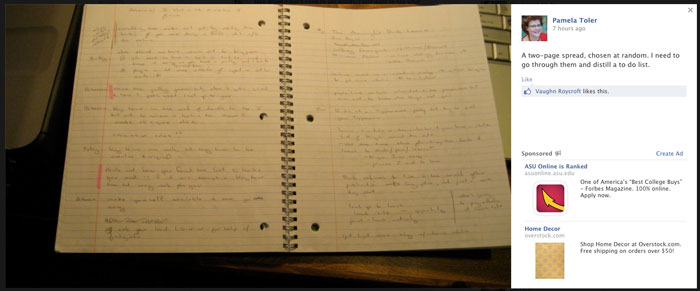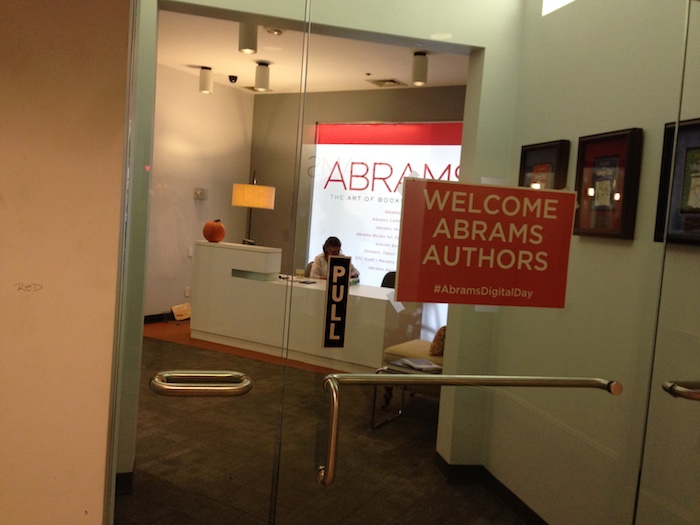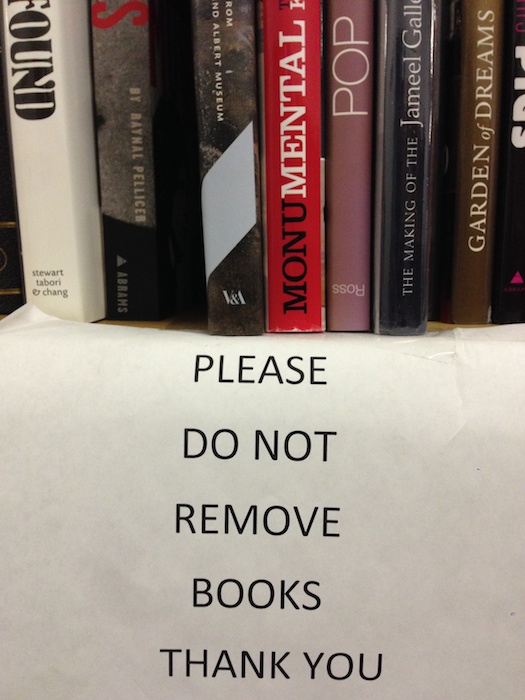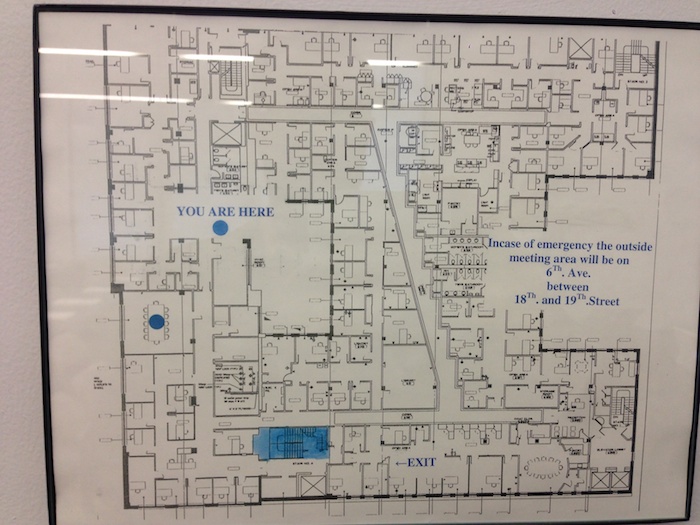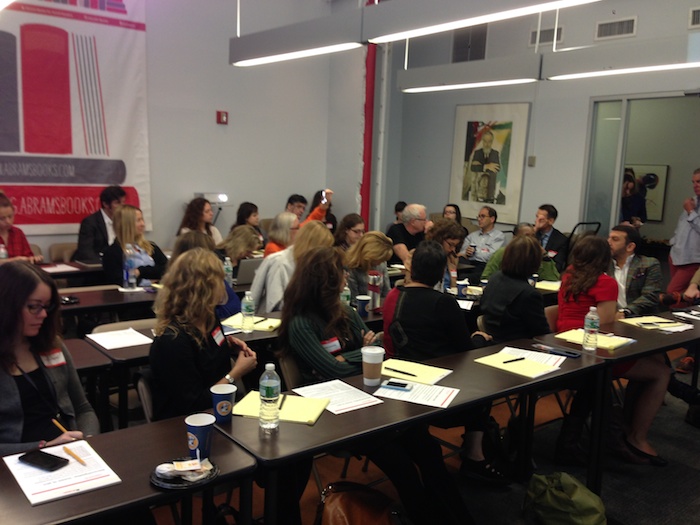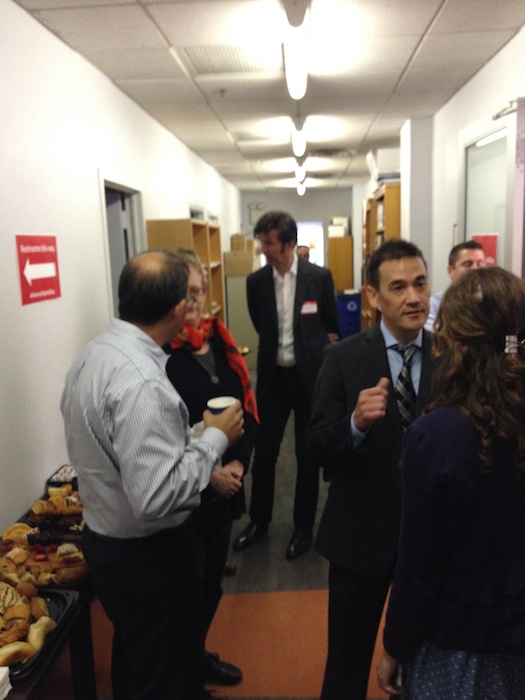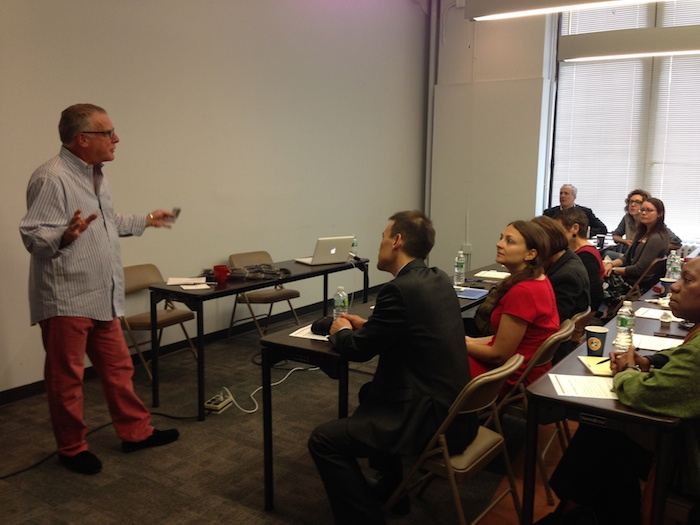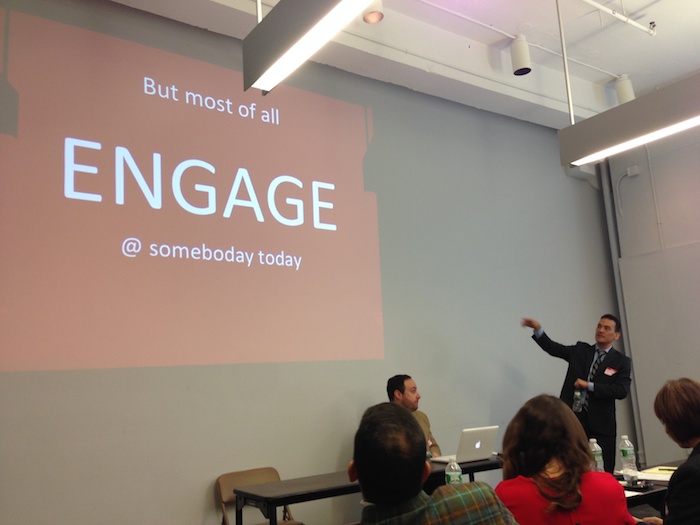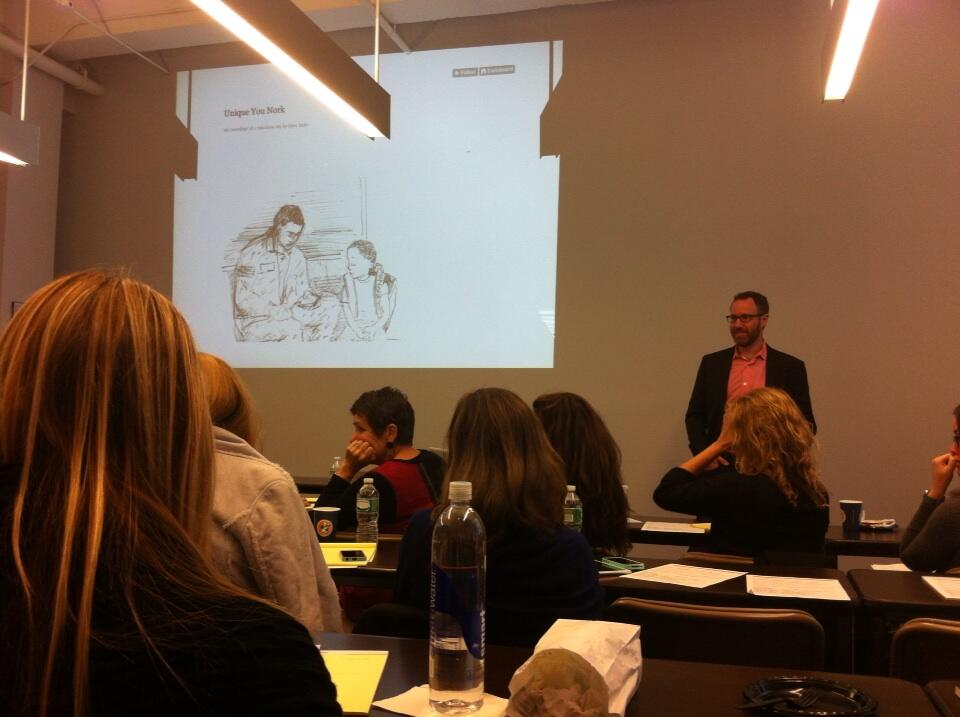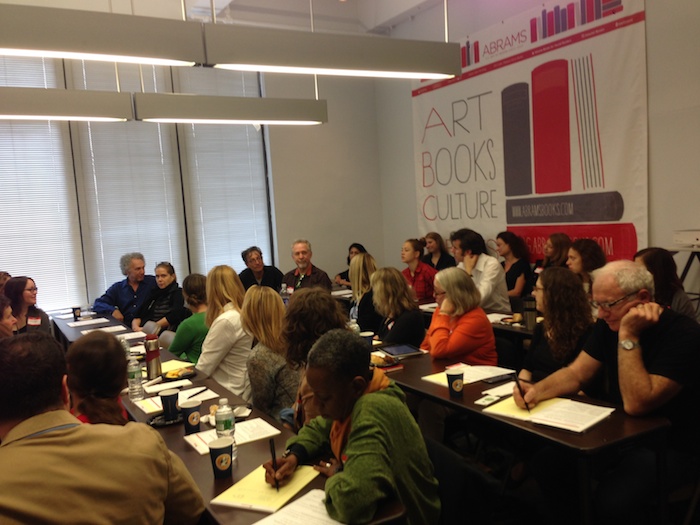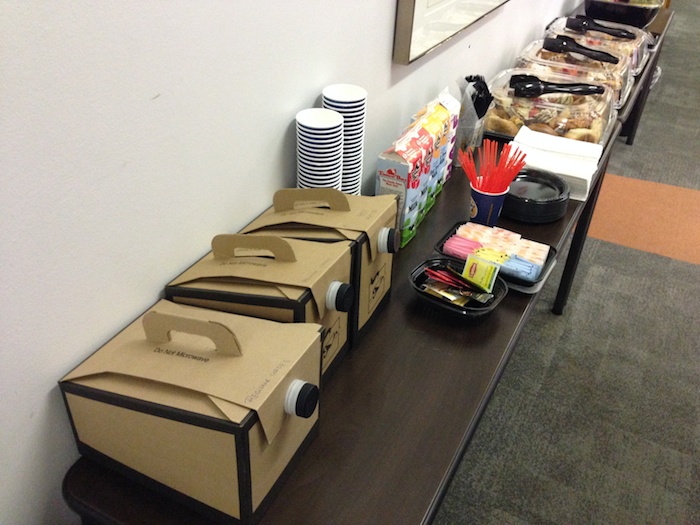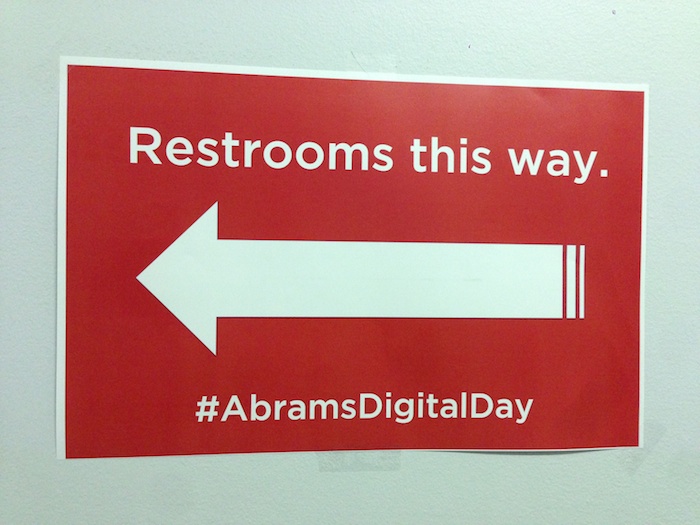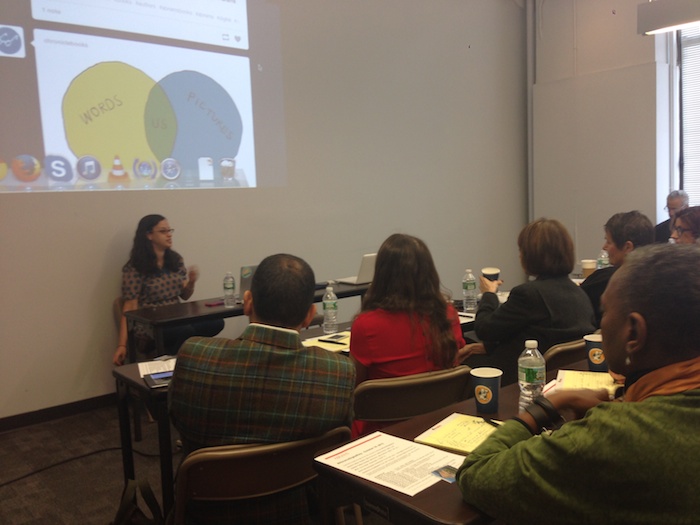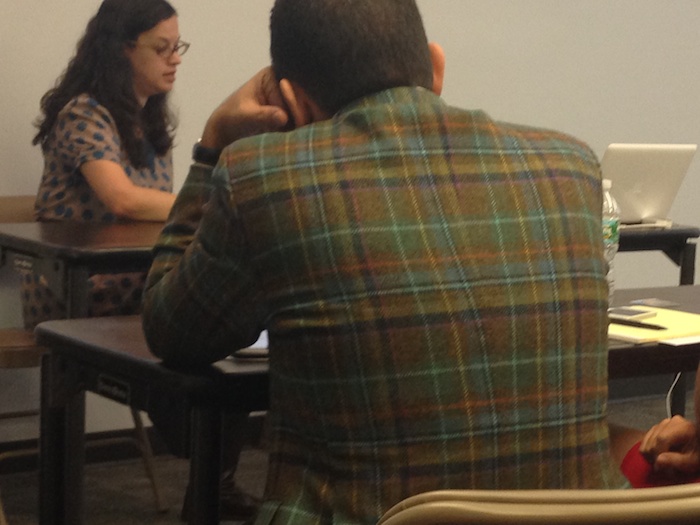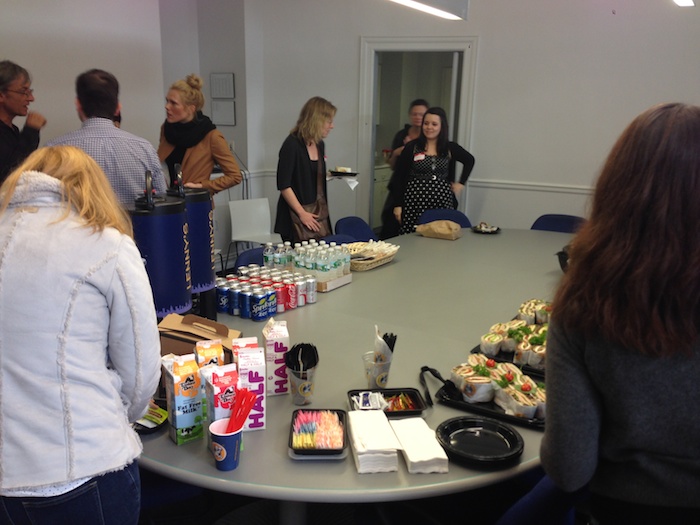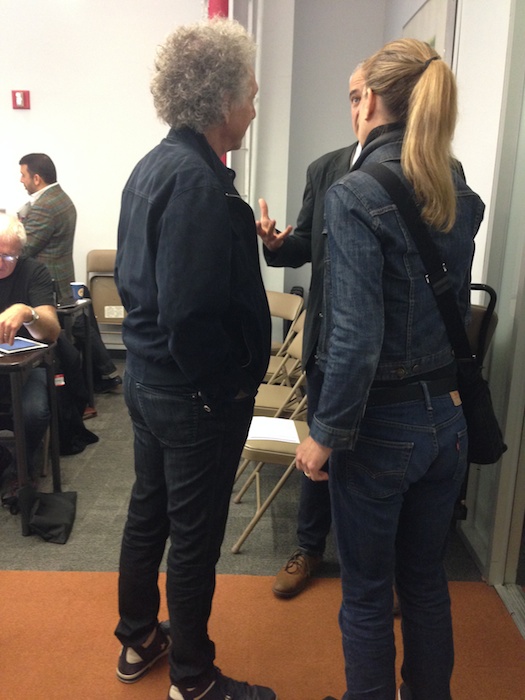So I have been working with my friend Miranda Beverly-Whittemore on launching her upcoming book, Bittersweet. It doesn’t come out until May, and we have been working actively on “the book launch” for six months now.
Today I want to talk about what that process looks like, and be honest about the roller coaster of emotions that accompanies a book launch like this. There is so much advice out there on how to market a book, here I just want to share a glimpse into our little experience so far. And I want to always be super honest that this is an EMOTIONAL process for all involved, filled with moments of total anxiety, and moments of extreme enthusiasm. And that is exactly right.
Why are we spending an ENTIRE YEAR working on a book launch? Miranda has been really honest about not wanting to miss an opportunity. This is her third published book, and as she puts it: “I don’t want to feel, as I did with both my previous books, that I could have done more”
For Bittersweet, her publisher has been unbelievably enthusiastic and supportive with it. She knows to not take that for granted, and she knows what she wants to feel a year from now. Or rather, what she doesn’t want to feel: that there were missed opportunities. She is going into this eyes wide open, and is making hundreds (thousands?!) of small decisions to give this book the best chance possible to connect with readers.
So what are we doing for an entire year to launch this book? Quite a bit, actually. Miranda and I recently met with the (amazing) marketing folks at Crown, her publisher, and I encapsulated a lot of our efforts so far as:
“We are doing things that evoke the feeling of the book, while never mentioning the book.”
Immediately after these words came out of my mouth, I thought to myself: “Um, Dan, that is probably not the right thing to say to the Director of Marketing, whose role is all about ensuring the book gets out there.” Of course, it was fine, because we have a LOT of things going on across the spectrum from “pure book marketing” to whatever the opposite of that is called:
- Creative ideation. A lot of writers/artists explore what their work is really about only AFTER they have created it. I have no idea if that is true for Miranda, but I know she and I have had lots of long conversations about what the book embodies, and how those themes can connect to readers in ways outside of the books.
- Planning & Strategy. Yes, we have a spreadsheet filled with lots of tiny tasks and a timeline and things are starting to get color coded. The issue many authors face is that there is so much that CAN be done, so our goal right now is to selectively choose what SHOULD be done, and ensure we do it right. It’s pretty astounding the number of tasks now piling into that spreadsheet, and how it is spread across such a big timeline with many different people accountable for different aspects.
- Blogging the Process: We setup a blog just to share the process of launching the book. This is meant to give an honest account of what it feels like to go through the process. It is here – in a public space – where I often understand the complexity of what Miranda is going through. And… you can too.
- Being Part of a Team. Miranda has had UNBELIEVABLE support from her publisher. The sheer enthusiasm for this book is pretty much what every author dreams about. But of course, they have jobs to do, so we are all trying to ensure that we best leverage our collective resources. Who should be doing what, and when. And something I am always looking for: when to just get out of the way to let the expert do their job.
- FriendStories.com: we have created an entirely other site that relates to the type of stories embodied in Bittersweet, but not actually about Bittersweet. Here, Miranda is collecting stories from other women (and sharing her own), about close friendships they had when younger.
- Tying Everything Together: We redesigned her website (last updated in 2007), and are honing the messaging and visual style of her social media channels.
- Media stuff, marketing stuff, publicity, social media, oh my! There are dozens and dozens of small things being done, from giveaway ideas, to media outreach, to decisions about how to best use social media in a way that feels right. It’s almost offensive to just shove all of these topics into a single bullet here, but let’s just say, there is no shortage of things for us to take action on.
Because Miranda and I are friends, this feels like a very personal process. We squee in excitement at small moments of success filled with enthusiasm; we talk seriously about the complex emotions around planning so much while she was still editing the book and crafting other stories, as well as, you know: living her life.
Publishing is definitely a team sport (ugh, did I just say that?), and it SO SO SO much of what is happening now is all built on the enthusiasm of folks partnered in this process who love Miranda and her book. A glimpse at moments in the last six months:
This is Miranda and I at the Random House booth at BookExpo last May, knowing her book was slated for publication a full year away.
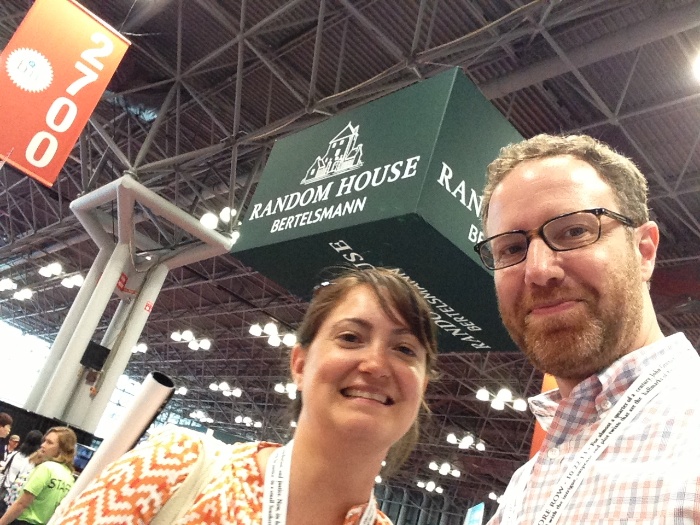
All book marketing meetings should take place at the LEGO Store, right?
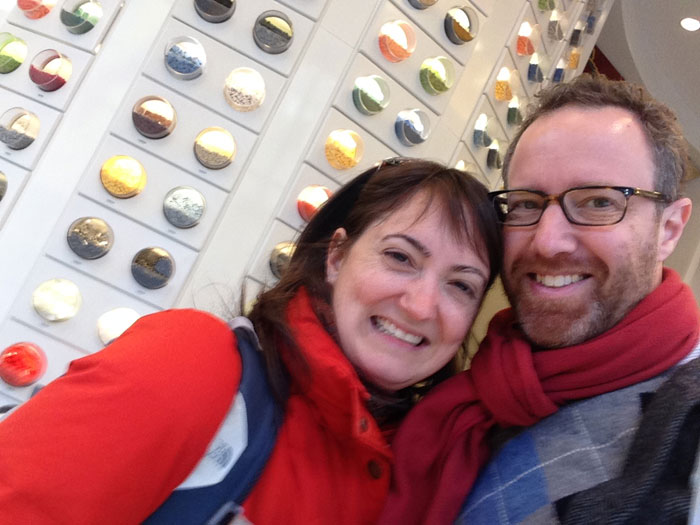
Okay, this is why publishing can seem so scary… the Random House building. (am I supposed to be calling it Penguin Random House now?! Sorry, it just said Random House in the lobby)

Okay, it’s hard not to feel something when you enter this lobby. It’s lined with glass cases filled with first editions of classic books.
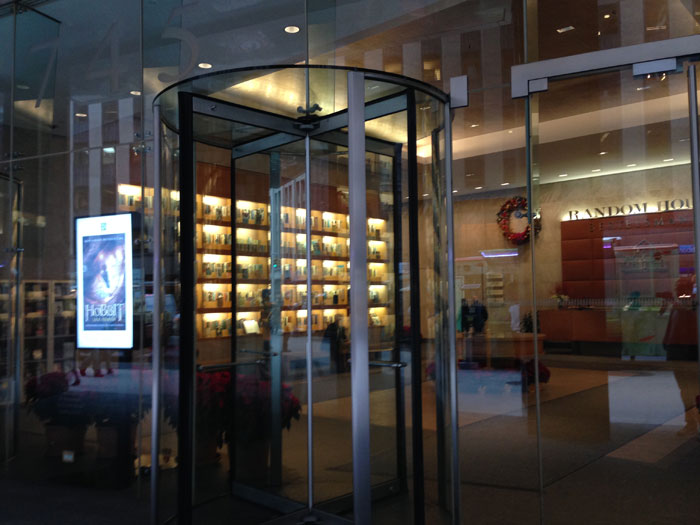
Part of the marketing team at Crown: Jay Sones, Jessica Prudhomme, and Elvis:
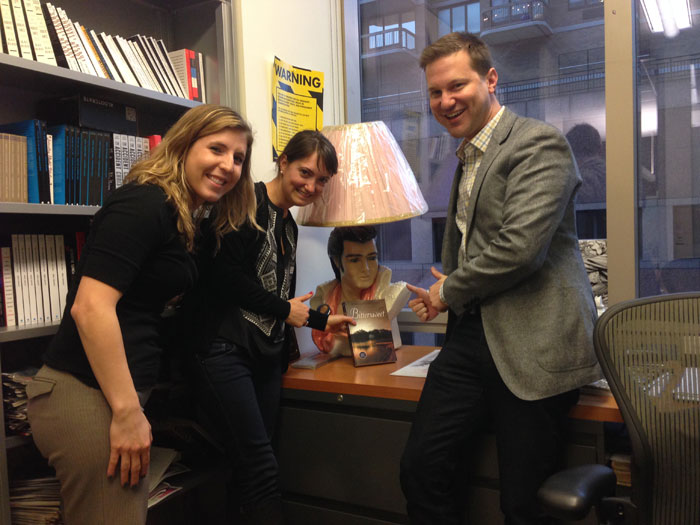
With Miranda’s editor Christine Kopprasch:
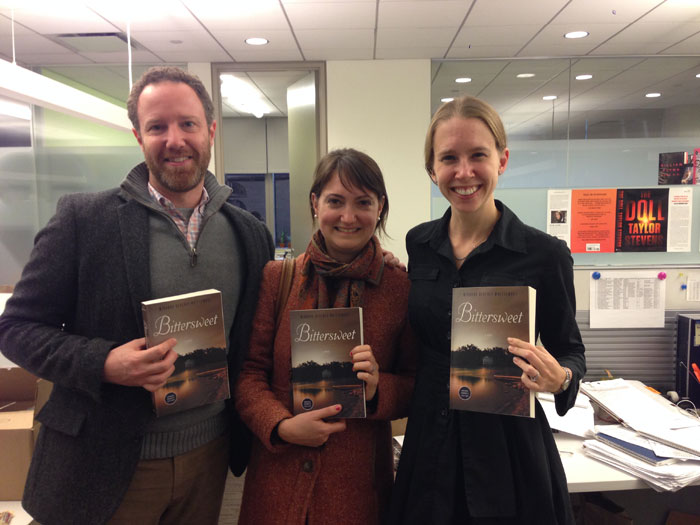
And here we are walking around Central Park discussing Bittersweet. Miranda’s look of slight horror is because I just dropped my iPhone, and the screen shattered into a hundred pieces. But the camera on it still worked!
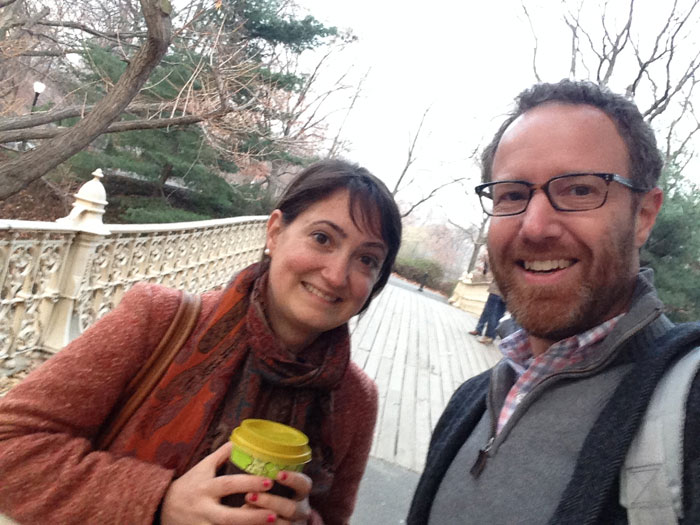
I want to be clear that everything about this is ALL about the book, and all about Miranda. The story she has crafted drives everything, and without it, none of this would exist. The book is the thing that everything else orbits around.
There is a saying that you can’t plan for success, but you can prepare. That is what we are trying to do. In truth, we have NO IDEA how well the book will do in traditional publishing terms. Actually, I don’t recall having a single conversation with Miranda about that topic – it’s simply a black box.
A year from now, the “success” of the book in traditional publishing terms will be defined broadly by others as a single word or short phrase. But what is clear now, and will be clear in the many many years that Miranda’s story will exist, is that the book’s success will always be a personal thing between the reader and the story. Success measured in ways we can never quantify, in ways that has nothing to do with lists or sales figures or any of the strange metrics that social media provides that try to express human meaning in a simple number or score.
And as much as a book is a thing – an object – this whole process feels like a conversation, an experience, a story in itself.
Thanks.
-Dan

